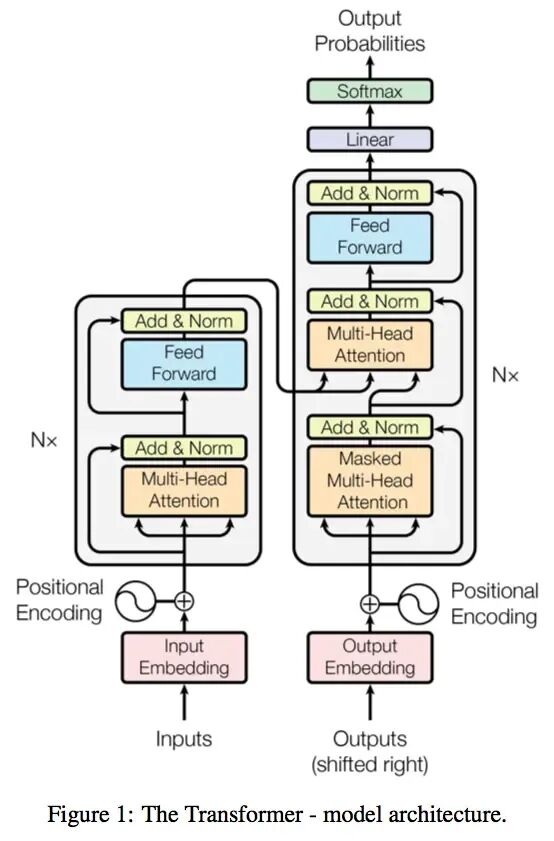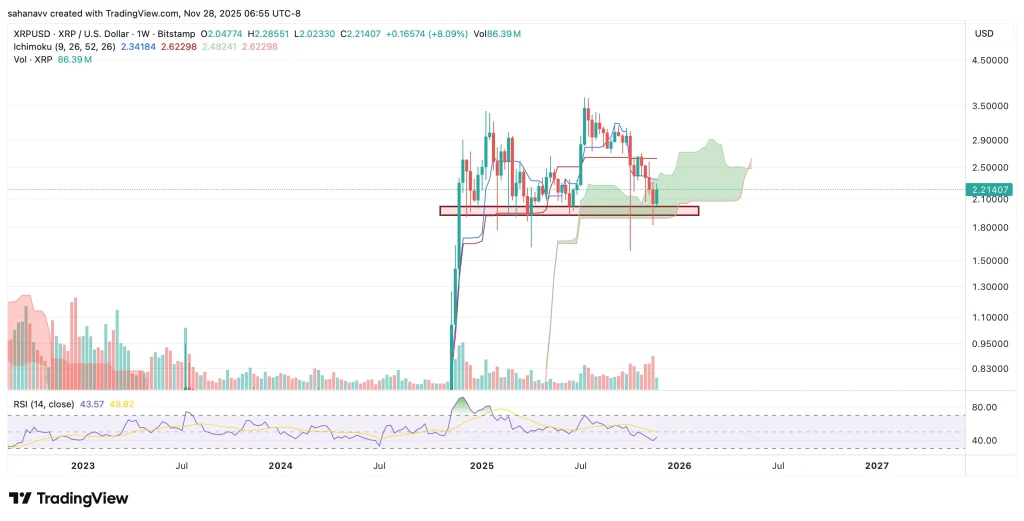When the Lights Go Out, So Does Crypto: Iberian Blackout Puts Blockchain to the Test
Recent blackouts in Iberia challenged crypto’s resilience, showing it still relies on centralized power and internet infrastructure. Experts urge the development of offline and decentralized tools to maintain access when traditional systems go down.
The widespread power outages that recently plunged Portugal and Spain into darkness shed light on the enduring value of cash during critical situations. This event also prompted questions about the truly decentralized nature of cryptocurrency, given its reliance on centralized electricity infrastructure.
BeInCrypto spoke with representatives from CertiK, Brickken, Wanchain, and Money on Chain to learn what this means for public trust in crypto and what the sector needs to provide financial services around the clock, even when centralized distribution channels fail.
Digital Finance Grinds to a Halt
A significant power disruption last week left millions in the dark across Spain and Portugal, with knock-on effects in parts of France and Morocco.
According to research from the Baker Institute, Spain lost approximately 15 gigawatts of capacity in just five seconds, equivalent to 60% of its national electricity demand. The outages lasted for about 18 hours.
Without internet and electricity, daily financial instruments like home banking services, digital wallets, and ATMs became obsolete.
“When power grids fail, the entire ecosystem behind these systems grinds to a halt: Mobile phones can’t connect, ATMs shut down, and internet-based wallets become inaccessible. In such moments, the digital economy exposes a key vulnerability—without electricity, the convenience of tech-driven finance collapses,” Natalie Newson, Senior Blockchain Investigator at CertiK, told BeInCrypto.
During those hours, cash won back the throne of preferred payment.
“This is why access to physical cash remains critical, not only in developing countries but also in developed nations— as seen during recent outages in Europe. Digital systems, whether centralized or decentralized, are ultimately dependent on power and connectivity. Cash provides a reliable fallback in scenarios where digital tools fail,” Manuel Ferrari, Co-founder of Money On Chain, told BeInCrypto.
The episode also raised questions over crypto’s usability during times of crisis.
Is Crypto’s Decentralization Meaningless Without Access and Power?
The demonstrated need for paper currency during infrastructure disruptions suggests that even though crypto is a modern financial innovation, it still falls short of its predecessors during challenging circumstances.
Even with its core principle of decentralization, blockchain technology relies significantly on centralized infrastructure.
“For example, most blockchain nodes are hosted on a small number of centralised cloud providers like AWS. This not only creates single points of failure, but also exposes blockchain networks to external control. Fundamentally, blockchain runs on the Internet. Without the Internet, blockchain doesn’t work. And the Internet is centrally governed by ISPs and is subject to geopolitical pressures. More subtly, many blockchains also operate with only one or two client implementations, meaning that any flaw or bug in that client software can impact the entire network,” Wanchain CEO Temujin Louie told BeInCrypto.
The same limitations apply to the applications that manage crypto assets and process transactions.
“The blockchain may be decentralized, but access to it is not. Most users depend on internet service providers, centralized exchanges, and mobile devices—all of which are tied to national power grids and telecom systems. Without these utilities, the decentralized promise of crypto becomes practically irrelevant for the average user,” Newson added.
Cryptocurrency might inadvertently weaken public trust in its capabilities by not functioning as a genuine alternative financial solution when needed most.
Blackouts as a Test of Public Trust
Suppose cryptocurrency can’t provide a functional financial alternative precisely when traditional systems falter due to events like power outages. In that case, it risks losing public faith in its ability to be a viable and superior financial system in the long run.
“Public trust depends on perceived reliability. If crypto is seen as something that fails under stress, users may hesitate to rely on it. This is especially true for people who are still new to the space,” Felipe D’Onofrio, Chief Technology Officer at Brickken, told BeInCrypto.
Trust in payment methods grows from their ease of use, so if crypto wallets become inaccessible during emergencies, individuals might be reluctant to use them as their main way to pay.
Still, experiencing these issues now can pave the way for future enhancements.
“These events can also highlight weaknesses that lead to better solutions. Just like the early internet had to overcome outages, crypto is still evolving to meet the demands of the real world,” D’Onofrio added.
Existing features within crypto technology already enable some offline uses, and expanding on these could provide a clear direction for development.
Offline Crypto Potential Offers Glimmers of Resilience
Certain existing cryptocurrency systems have already incorporated a few design features that mitigate their reliance on a stable power grid.
”Some hardware wallets with long battery life and offline capabilities offer a glimpse of resilience, especially in peer-to-peer transfers,” Newson said.
While D’Onofrio pointed to other available tools, he clarified that they lack the widespread adoption and user-friendliness needed for broad use.
“There are some interesting developments out there, like satellite nodes, mesh networks, or ultra-low-power wallets. These systems are working toward more resilience, but they’re not yet widely adopted. Right now, most of the crypto ecosystem still relies on traditional infrastructure. The blockchain can survive offline, but the tools most users depend on are not built for that kind of environment yet,” he said.
Similar considerations arose when discussing the potential of Decentralized Physical Infrastructure Networks (DePINs) to lessen overall dependence on centralized electricity grids.
Can DePINs Make Crypto Networks More Resilient?
DePINs have gained significant traction in the crypto sector over the last year due to their potential to decentralize various services using blockchain and token rewards to manage, own, and operate infrastructure. Today, the DePIN industry boasts a market capitalization of over $19 billion and more than $1 billion in trading volumes.
 Top DePIN coins by market capitalization. Source:
CoinGecko
Top DePIN coins by market capitalization. Source:
CoinGecko
These networks are increasingly facilitating network connectivity and community-based access to electricity. Some experts suggested this technology could help lessen the impact of outages affecting centralized distribution channels.
“DePINs, in theory, might enhance grid resilience, potentially reducing the likelihood of countrywide power outages. They introduce a level of flexibility and programability that could theoretically facilitate demand-response programs or incentivise people to adjust their energy usage during peak times,” Louie pointed out.
At the same time, he pointed out that DePINs alone cannot provide a complete solution to massive issues like widespread power outages.
“However, it is far too early to think of DePINs as a comprehensive solution that can singlehandedly solve a country’s power stability issues. Rather, focus should be on the targeted integration of DePINs into existing grid infrastructure to help alleviate stress on the grid and demonstrate the worth of DePINs in a real-world setting,” Louie added.
From his perspective, D’Onofrio stated that DePINs could provide a more complete solution when combined with other tools that bolster local resilience to these threats.
“We’re likely to see more integration with decentralized infrastructure, like community-run mesh networks or solar-powered nodes. If combined with tools like delayed-broadcast wallets or peer-to-peer communication protocols, these systems could keep crypto activity going even when traditional services are down. It’s about building more localized resilience into the global system,” he said.
Despite their differences, crypto and traditional finance ultimately grapple with many of the same underlying problems when operating during infrastructure disruptions.
Policy Solutions for a Resilient Digital Economy
Last week’s power outages in the Iberian Peninsula underscored the enduring importance of cash as a financial lifeline in times of crisis. With global economic systems increasingly depending on digital finance, experts emphasized policymakers’ need to develop lasting solutions that ensure infrastructure resilience and emergency preparedness.
“Policymakers must treat infrastructure resilience as the bedrock of digital finance. That includes diversifying energy sources, supporting local microgrids, incentivizing offline crypto solutions, and ensuring regulatory frameworks accommodate these technologies. In a crisis, access matters more than innovation—preparing now ensures digital systems stay functional when they’re needed most,” Newson concluded.
Moving forward, the strength of the digital economy will be determined by its physical infrastructure, and prioritizing this could position crypto for long-term success.
Disclaimer: The content of this article solely reflects the author's opinion and does not represent the platform in any capacity. This article is not intended to serve as a reference for making investment decisions.
You may also like
No wonder Buffett finally bet on Google
Google holds the entire chain in its own hands. It does not rely on Nvidia and possesses efficient, low-cost computational sovereignty.

HYPE Price Prediction December 2025: Can Hyperliquid Absorb Its Largest Supply Shock?

XRP Price Stuck Below Key Resistance, While Hidden Bullish Structure Hints at a Move To $3

Bitcoin Price Prediction: Recovery Targets $92K–$101K as Market Stabilizes
